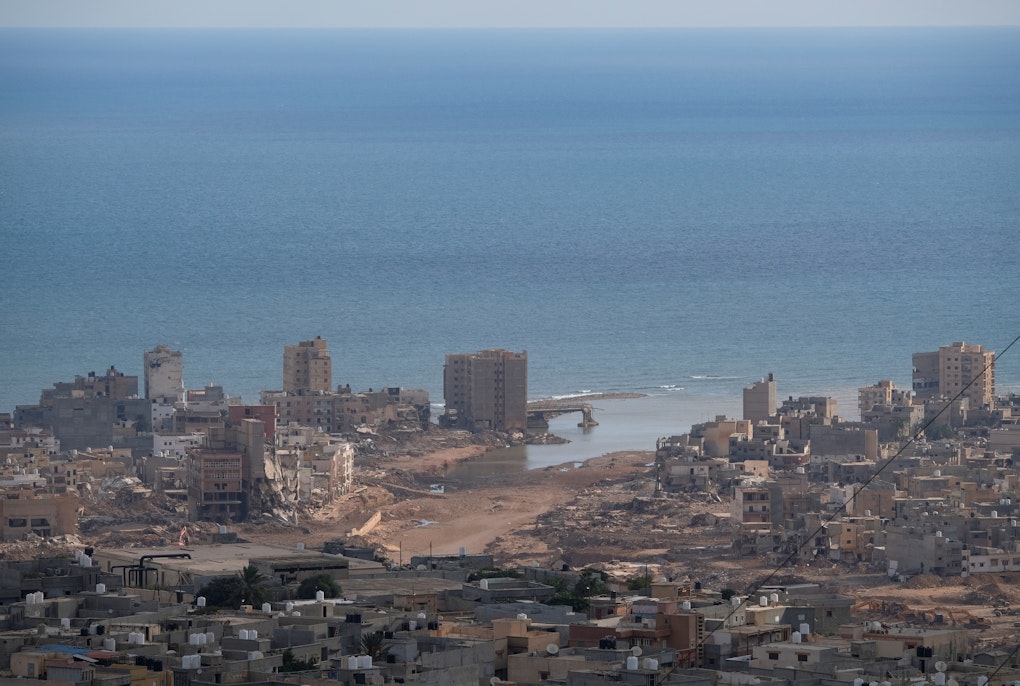magazine_ Article
Climate risks: Europe is not prepared
The first climate risk assessment on behalf of the EU Commission has been completed and a team from Eurac Research played a key role.
Temperatures in Europe are rising faster than other continents, with already catastrophic consequences. The first climate risk analysis carried out by the European Environment Agency on behalf of the EU Commission now sets out the possible future effects of these outcomes on Europe’s environment, society, and economy. A team of experts from Eurac Research played a major role in gathering the results which describe both the impending dangers and the factors that make us more vulnerable. The analysis also identifies how and where the EU Commission should take urgent action to limit the damage.
The systematic analysis identified 36 climate risks with potentially serious consequences for the whole of Europe. The risks were divided into the areas of ecosystems, food security, health, infrastructure, economy, and finance. The study also identified an immediate need for action in relation to 20 of the risks. Risks related to heat stress, the destruction of marine and coastal ecosystems, and flooding were amongst the eight risks classified as urgent.
The extent of the risks depends not only on climate impacts such as drought, heat, and heavy rainfall, as the report emphasizes, but also hinges crucially on non-climate-related factors. “The floods in Emilia-Romagna were a clear example: the region is heavily built-up and enclosed, which makes it difficult for water to drain away, in addition, many of its infrastructures are outdated. Non-climatic factors such as excessive land use, unmaintained infrastructure, social inequality, pollution, poor water management, overburdened health systems and much more, can greatly increase the risks. This means that the right adaptation measures can significantly reduce the risk, even while the same hazards exist.” explains Head of the Center for Climate Change and Transformation, Marc Zebisch a climate impact researcher highly involved in the study he undertook with the interdisciplinary Eurac Research team. Zebisch and his research colleagues also developed the concept of risk assessment on which the analysis is based, and which has already been used in numerous countries around the world in recent years. The method: looking at all effects and interactions with so called “Impact chains” to gain a truly comprehensive picture.
Many of these impact chains begin with how climate influences ecosystems that are already impaired in their function by human activities, which in turn intensify the climate impact. These effects can then continue to cascade until they impact entire societies and spread to other regions or countries. Take marine ecosystems which, already weakened by pollution and overfishing, can suffer so much from global warming – to the point that fishing is severely impaired, if it can be undertaken at all. In dire situations such as this, consequences for food security, jobs and entire local or regional economic systems can be profound. “Therefore, a key message of the report: protect and maintain the functionality of ecosystems!” emphasizes Zebisch, who is currently working with a research team on a similar climate risk analysis and adaptation strategy for South Tyrol. Other direct climate impacts that lead to major risk cascades in Europe also have significant bearing on human health and on critical infrastructure.
The European Climate Risk Assessment is available online both as a summary and in full: https://www.eea.europa.eu/publications/european-climate-risk-assessment






